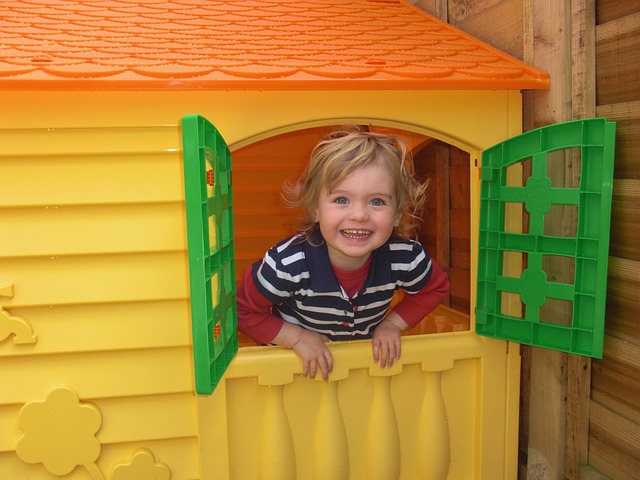Development of Play
Play is engaging with an activity for enjoyment. Young children learn and explore their environment through play. Play develops and becomes more complex as children age. It reveals multiple aspects of a child’s development such as ability to take turns, problem solving, gross and fine motor skills, sequencing, etc. The following describes each type of play and behaviors that are observed during each period of development:
*Unoccupied play (birth-3 months): Babies engage in body movements with no clear purpose.
*Solitary play (birth-2 years old) : Children engage with toys appropriately on their own such as rolling a ball, pushing a car, and hugging a doll.
*Onlooker play (2-2.5 years old): Children will watch others play or ask questions about another person’s play but not engage in the play/activity.
*Parallel play (2.5-3 years old): Children begin to play side-by-side with other children but do not attend to what each other is doing.
*Associative play (3-4 years old): Children begin to verbally engage with others during play and share; however, there are no set rules during these play interactions.
*Cooperatie play (4-6 years old): Children share toys, ideas, and follow established rules.
Get a Free Online Assessment
Looking for an expert opinion on your child's needs? Fill out a 3 minute questionnaire and receive a personal evaluation from our staff




